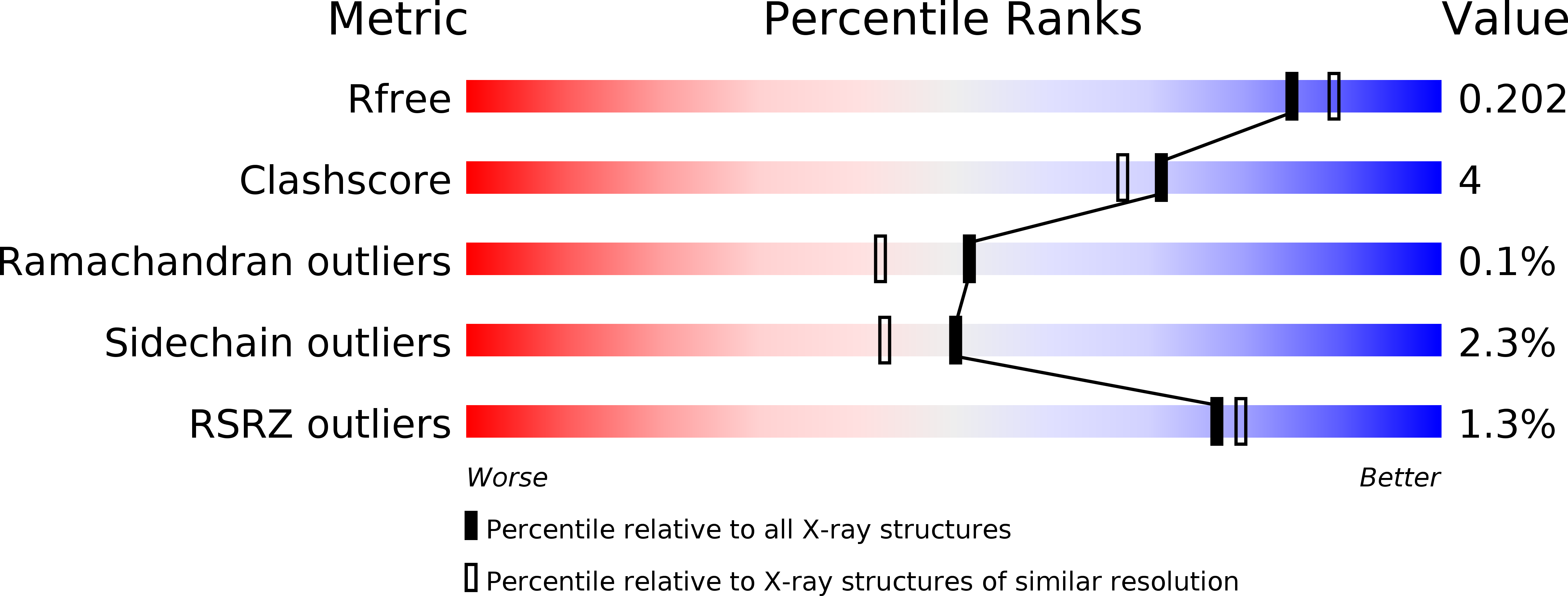
Deposition Date
2010-09-07
Release Date
2010-11-10
Last Version Date
2024-10-30
Entry Detail
PDB ID:
3ORV
Keywords:
Title:
Crystal Structure of the Y294H-MauG/pre-Methylamine Dehydrogenase Complex
Biological Source:
Source Organism:
Paracoccus denitrificans (Taxon ID: 318586)
Host Organism:
Method Details:
Experimental Method:
Resolution:
1.91 Å
R-Value Free:
0.18
R-Value Work:
0.13
R-Value Observed:
0.14
Space Group:
P 1


